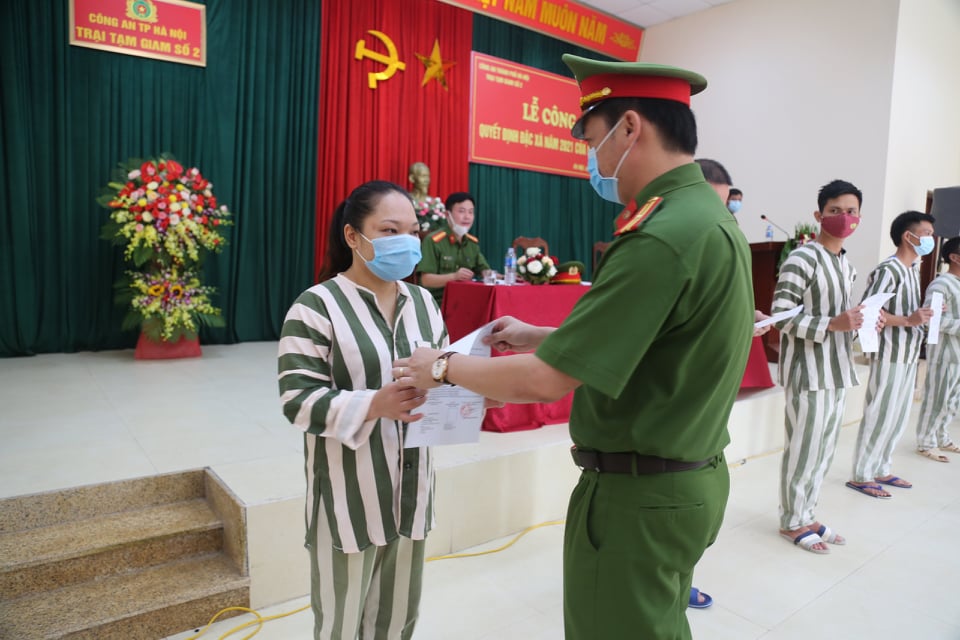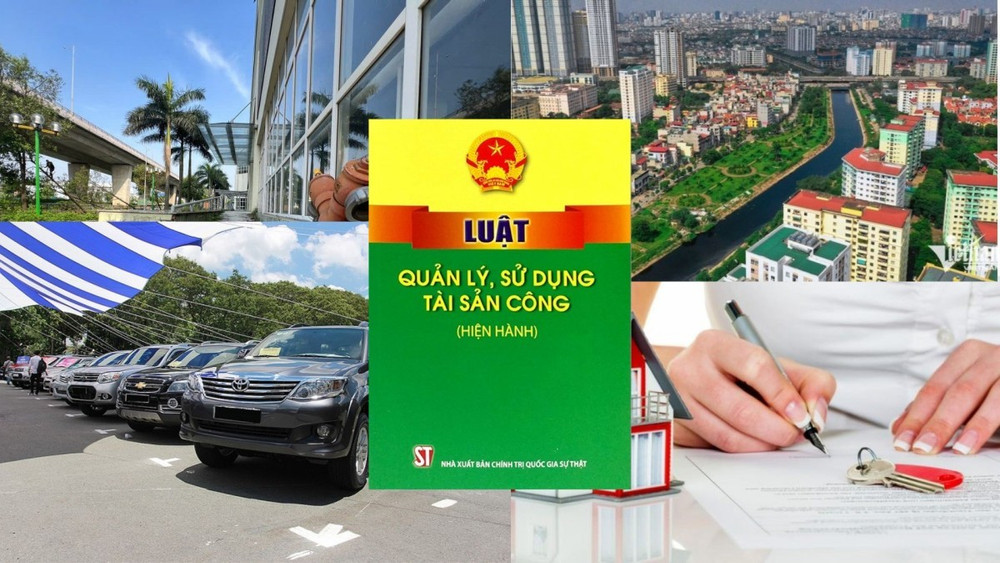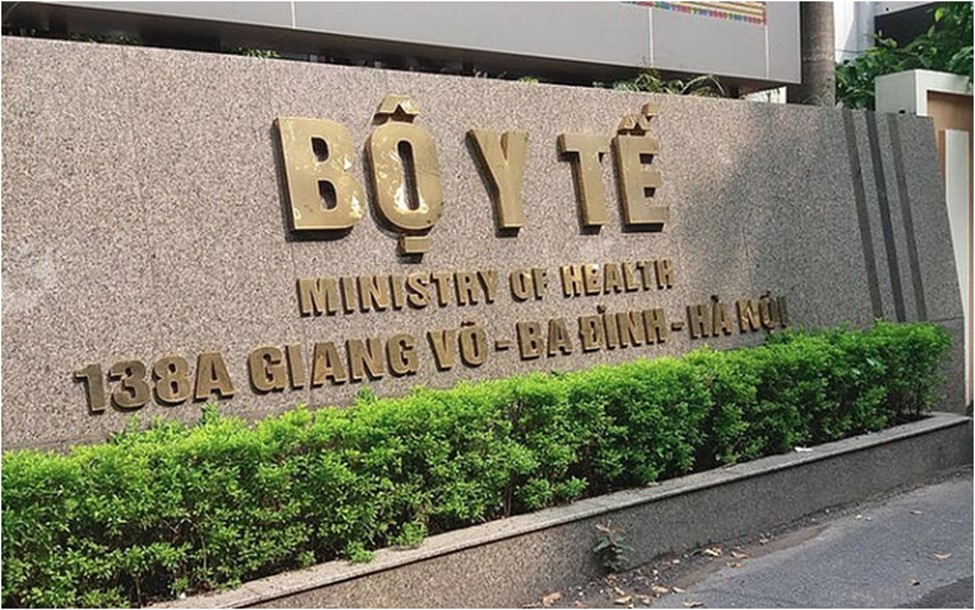Guidelines for training A1 class motorcycle drivers for ethnic minorities who cannot read or write Vietnamese
Below is the guide for training A1 class motorcycle drivers for ethnic minorities who cannot read or write Vietnamese.

Guidelines for training A1 class motorcycle drivers for ethnic minorities who cannot read or write Vietnamese (Image from the Internet)
1. Guidelines for training A1 class motorcycle drivers for ethnic minorities who cannot read or write Vietnamese
According to Article 13 of Circular 35/2024/TT-BGTVT, the guidelines for training A1 class motorcycle drivers for ethnic minorities who cannot read or write Vietnamese are as follows:
- Training form: Individuals wishing to obtain a driver license must register at a driving training institution to review according to the driving training program specified in Article 6 and Section A of Appendix II issued together with Circular 35/2024/TT-BGTVT. Classes for ethnic minorities who cannot read or write Vietnamese must be taught separately and have an ethnic minority language interpreter.
- Training method: Use visual images, drawings of traffic signs, models, scenarios, and skills in handling traffic situations; question-and-answer sessions and practical demonstrations to fulfill the driving training program's content.
2. Instructions on testing to issue motorcycle license class A1 for ethnic minorities who cannot read or write Vietnamese
According to Article 27 of Circular 35/2024/TT-BGTVT, the testing for issuing motorcycle license class A1 for ethnic minorities who cannot read or write Vietnamese is as follows:
- Content and process of driving tests: Implement according to the content and process prescribed for class A1 driving tests in Clauses 1 and 2 of Article 17 Circular 35/2024/TT-BGTVT.
- The organization of testing is carried out as follows: conduct separate tests. Theoretical tests are in question-and-answer form; use paper method with 30 minutes test time. Two examiners perform the duty, testing each candidate in turn; each candidate randomly selects one test among the set; one examiner reads the question and observes the candidate, the other examiner marks an (x) in the corresponding box chosen by the candidate on the theoretical test; the examiner scores, signs the confirmation on the theoretical test sheet, compiles a summary test result document and announces the test results to the candidate. The test content is executed through an interpreter, who must accurately and completely translate the examiner's questions and the candidate's answers; the driving training center is responsible for hiring interpreters.
- Candidates sign or fingerprint at the signing position on the summary test result document, the theoretical test sheet, and the practical driving test record sheet.
3. Form, content, and process of driving tests
The form, content, and process of driving tests according to Article 17 Circular 35/2024/TT-BGTVT are as follows:
- Theoretical Test
+ Theoretical tests include questions concerning legal regulations on road traffic order and safety, driving techniques; content related to the structure and ordinary repair (for class B1 driver licenses and for class B or higher car driver licenses); driver ethics, traffic culture, and prevention of alcohol harm when participating in traffic, fire prevention and firefighting and rescue skills (for car driver licenses from class B and above).
Candidates for class A1 driving tests with a valid car driver license issued by the transportation sector are exempt from theoretical tests;
+ The theoretical test is conducted on a computer.
- Practical Driving Test in a Circuit
+ For classes A1, A
Tests performed using automated scoring equipment.
The tester must operate the motorcycle through four tests: driving in figure 8, through straight line, through obstacle course, over bumpy road;
+ For class B1
Testing by direct scoring method. The tester must steer the vehicle forward through zigzag and reverse in opposite direction;
+ For classes B, C1, C, D1, D2, D
Tests performed using automated scoring equipment; no examiner sits in the test vehicle.
The tester must follow the procedures and drive the vehicle through arranged tests at the driving test center, including: starting, stopping to yield to pedestrians, stopping and starting the vehicle on a slope, through track strips and tight turns, through intersections with traffic lights, winding roads, parking the vehicle (class B and C1 do parallel parking; class B, C, D1, D2, and D do perpendicular parking), temporarily stopping at railroad crossings, handling emergency situations, shifting gears on level road, finish;
+ For classes BE, D1E, D2E, DE
Testing by direct scoring method. The tester drives the vehicle through test: forward through an area with 5 standard poles and return;
+ For class C1E, CE
Testing by direct scoring method. The tester drives the vehicle through two tests: forward through an area with 5 standard poles and return; parallel parking.
- Practical Driving Test on the Road
+ For classes B, C1, C, D1, D2, D
Testing using automated scoring equipment with one examiner sitting in the test vehicle. The tester controls the driving test car, handles situations on traffic roads and follows the examiner's instructions;
+ For classes BE, C1E, CE, D1E, D2E, DE
Testing by direct scoring method with one examiner sitting in the test vehicle.
- Car Driving Test with Simulation Software for Traffic Situations for classes B, C1, C, D1, D2, D, BE, C1E, CE, D1E, D2E, DE: testers identify safety risk moments through observing simulated situations appearing on the computer.
- Process of Driving Tests
+ Classes A1 and A are implemented as per the stipulations in Appendix XIII issued together with Circular 35/2024/TT-BGTVT;
+ Class B1 is implemented as per the stipulations in Appendix XIV issued together with Circular 35/2024/TT-BGTVT;
+ Classes B, C1, C, D1, D2, D are implemented as per the stipulations in Appendix XV issued together with Circular 35/2024/TT-BGTVT; classes BE, D1E, D2E, DE are implemented as per the stipulations in Appendix XVI issued together with Circular 35/2024/TT-BGTVT; class C1E, CE is implemented as per the stipulations in Appendix XVII issued together with Circular 35/2024/TT-BGTVT.
- Key word:
- motorcycle driver
- ethnic minorities
- Vietnam
- Vietnamese
- Cases of land rent exemption and reduction under the latest regulations in Vietnam
- Economic infrastructure and social infrastructure system in Thu Duc City, Ho Chi Minh City
- Regulations on ordination with foreign elements in religious organizations in Vietnam
- Increase land compensation prices in Vietnam from January 1, 2026
- Determination of land compensation levels for damage during land requisition process in Vietnam
- Who is permitted to purchase social housing according to latest regulations in Vietnam?
-

- Number of deputy directors of departments in Vietnam ...
- 15:04, 05/03/2025
-

- Cases ineligible for pardon in Vietnam in 2025
- 14:43, 05/03/2025
-

- Decree 50/2025 amending Decree 151/2017 on the ...
- 12:00, 05/03/2025
-

- Circular 07/2025 amending Circular 02/2022 on ...
- 11:30, 05/03/2025
-

- Adjustment to the organizational structure of ...
- 10:34, 05/03/2025
-

- Notable new policies of Vietnam effective as of ...
- 16:26, 11/04/2025
-
.Medium.png)
- Notable documents of Vietnam in the previous week ...
- 16:21, 11/04/2025
-
.Medium.png)
- Notable documents of Vietnam in the previous week ...
- 16:11, 02/04/2025
-
.Medium.png)
- Notable new policies of Vietnam to be effective ...
- 16:04, 02/04/2025
-
.Medium.png)
- Notable new policies of Vietnam effective from ...
- 14:51, 21/03/2025

 Article table of contents
Article table of contents
